
EXHIBITION
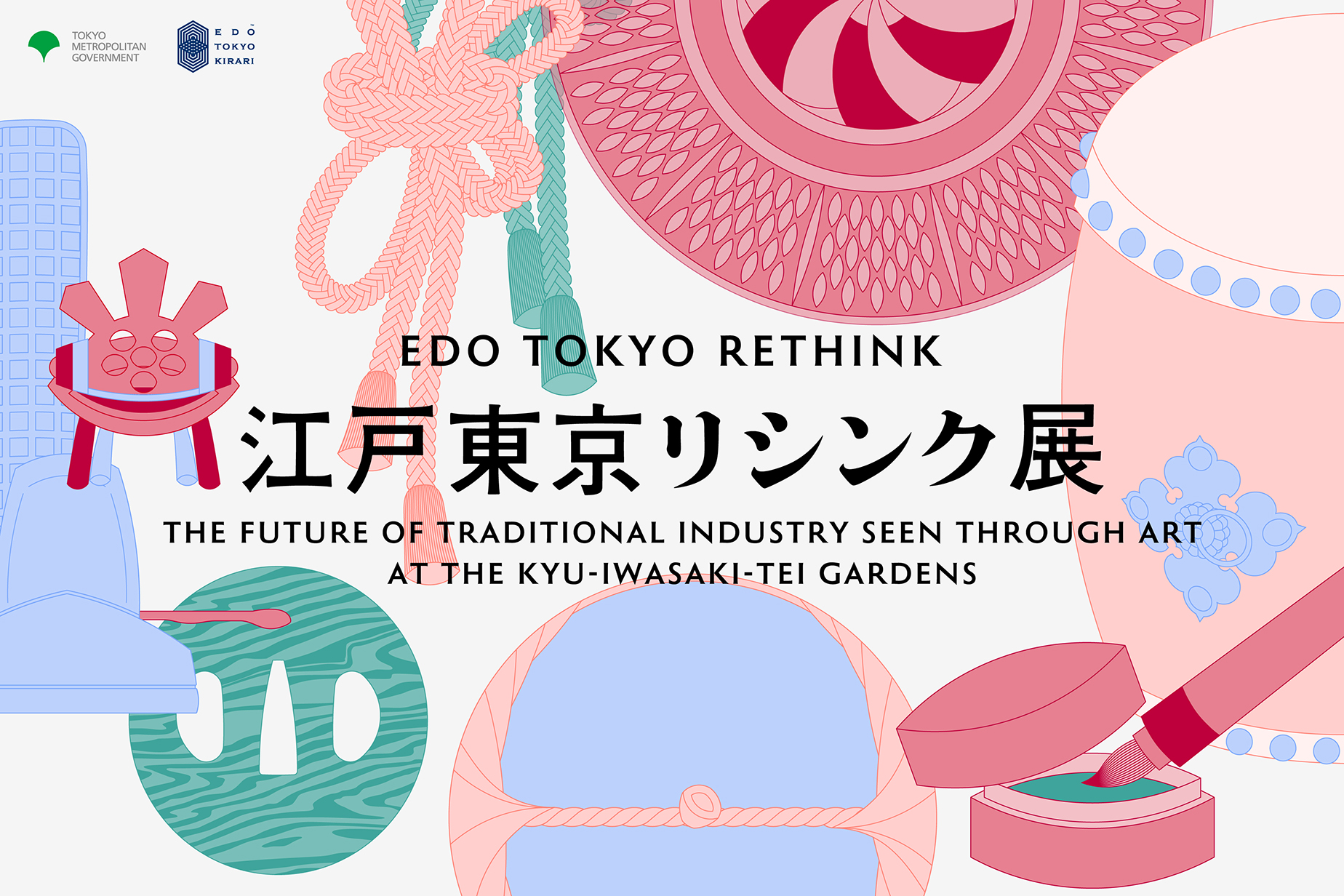

Exhibition Introduction
The Edo Tokyo Kirari Project aims to enhance the skills and improve products rooted in the traditions of Edo Tokyo from a new perspective and reach out to the world. Noritaka Tatehana, a contemporary artist who plays an active role in the field of contemporary art, both domestically and internationally, has been invited as the exhibition director. “Edo Tokyo Rethink -The Future of Traditional Industry Seen Through Art at the Kyu-Iwasaki-tei Gardens-” is now on view on this special website. The exhibition features traditional industry businesses in Tokyo as the collaborator of Noritaka Tatehana.
The question, “What should be expressed by reviewing the ancient traditional culture of Japan?”, is the main theme of “Rethink” which is Noritaka Tatehana’s creation process. To launch out, “Rethink” proposes a new form of value and attractiveness of traditional industries. This exhibition is a continuation of the previous year’s, featuring newly created artworks and valuable historical collections owned by traditional industry businesses at the Kyu-Iwasaki-tei Gardens, designated an important cultural property.
Online Exhibition Outline
- Exhibition Title:
- Edo Tokyo Rethink -The Future of Traditional Industry Seen Through Art at the Kyu-Iwasaki-tei Gardens-
- Organizer:
- Tokyo Metropolitan Government, Edo Tokyo Kirari Project
- Co-organizer:
- Tokyo Metropolitan Park Association

Important Cultural Property Kyu-Iwasaki-tei Gardens
Kyu-Iwasaki-tei Gardens was built in 1896 as the main residence of Iwasaki Hisaya, the 3rd president of Mitsubishi and the eldest son of Iwasaki Yataro, the founder of the group. In those days, as many as 20 buildings were arranged in the premises of 15,000 tsubo. At present, the site has been reduced to 1/3 of its original size, with only 3 buildings, namely the western-style residence, billiard room and Japanese residence have survived to date. After the war, this place was requisitioned by the GHQ and subsequent to its return, it became a national property to be used as the Legal Training and Research Institute of the Supreme Court, etc. In 1961, the western residence and the billiard room were designated as nationally important cultural property. Further, in 1969, the hall of the Japanese residence and the side wall (sode-bei) to the east side of the western residence were designated additionally, followed by the premises as a whole including the wall as well as the measured drawing in 1999.
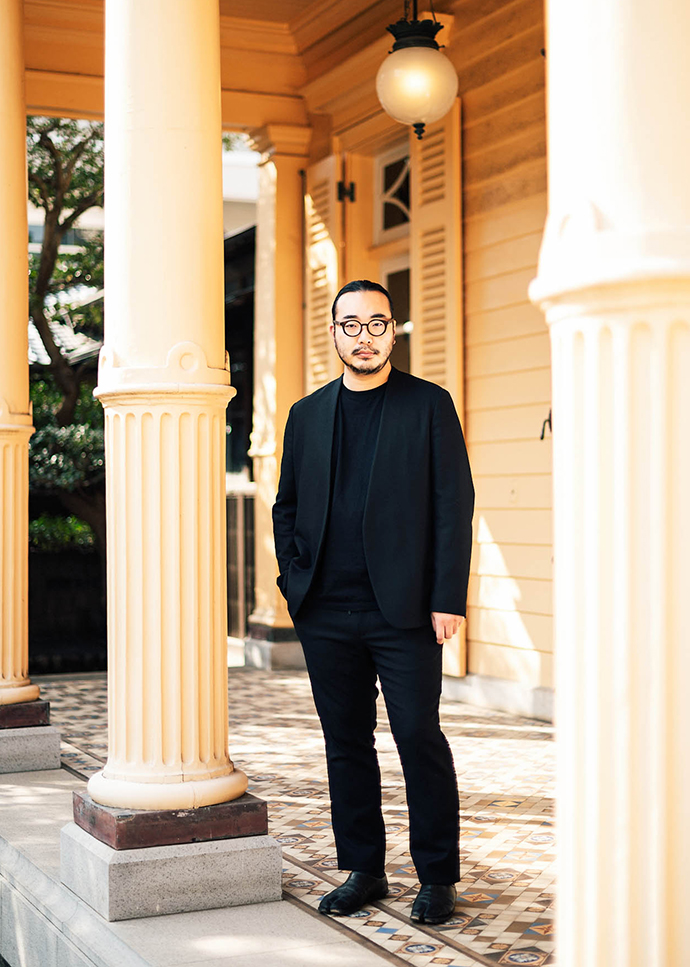
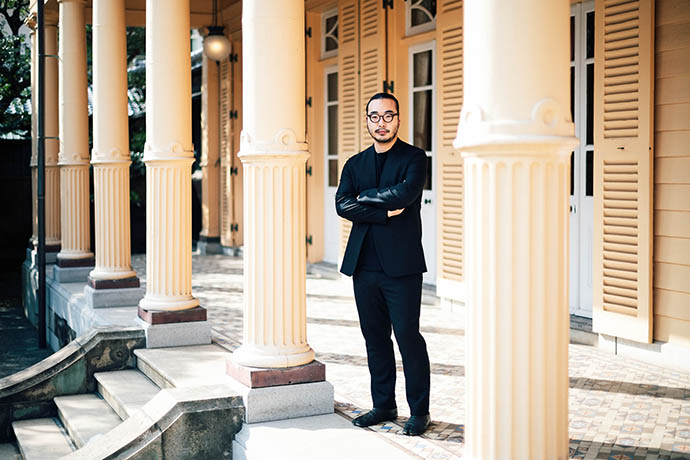
Exhibition Director
Contemporary Artist Noritaka Tatehana
Born 1985 in Tokyo, graduated from Arts Course Department of Crafts Tokyo University of the Arts. He created the heel-less shoes, inspired by Oiran Takageta (wooden clogs), for his graduation project. The striking shoes went on to gain considerable notoriety when they were enthusiastically adopted by Lady Gaga. Today, Tatehana is a contemporary artist who collaborates extensively with traditional craftsmen and artisans. His work is featured in exhibitions in Japan and throughout the world, with many of his pieces on permanent collection at prestigious institutions such as the Metropolitan Museum of Art in New York and the Victoria and Albert Museum in London.
Message from Exhibition Director Noritaka Tatehana
Based on the concept “old meets new,” the Edo Tokyo Kirari Project was conceived to introduce the timeless appeal of Tokyo both to Japan and to the wider world. This is an appeal embodied by the many venerable shops that have carried on the flame of craftsmanship, culture, and tradition in the city over the centuries, from the Edo period to the modern day. As an offshoot of the project, I have joined the Edo Tokyo Rethink exhibition, as both a contributing artist and exhibition director. In the past, I have held a number of other exhibitions bearing the title “Rethink.” However, I believe this project’s theme, “old meets new,” dovetails particularly well with the notion I have sought to convey with the word “rethink.” In essence, Japan’s traditions and culture have been handed down over the generations, in a seamless, unbroken chain. Rather than merely rehashing these traditions in the modern age, we should rethink our heritage, adding an extra layer of modern meaning and reinterpretation. You could say that all of my work is predicated on the full accretion of Japanese history and culture. In that sense, I see “old meets new” as being synonymous with the act of rethinking. My career has been a constant process of connecting past and present, across myriad collaborations with traditional crafts and performing arts. In order to preserve our traditions for the next 100 years, we must ask what we can do in the present, identifying what should change with the times, and what should remain the same. What modern meaning will we add, now that it is our turn to define tradition? The present exhibition serves to introduce the many charms of Tokyo, while also presenting all of us an opportunity to rethink old and new.
Special Movie
Reviewing the traditional culture of Japan, what should be communicated to the future?
Noritaka Tatehana, the exhibition director, gives commentary on collaborative works. Behind the questions Tatehana always asks himself as an artist is his basic idea, “Rethink”. “Rethink” means “Tradition and innovation intersect” just as the “Old meets New” and it is also the most important component of this exhibition.
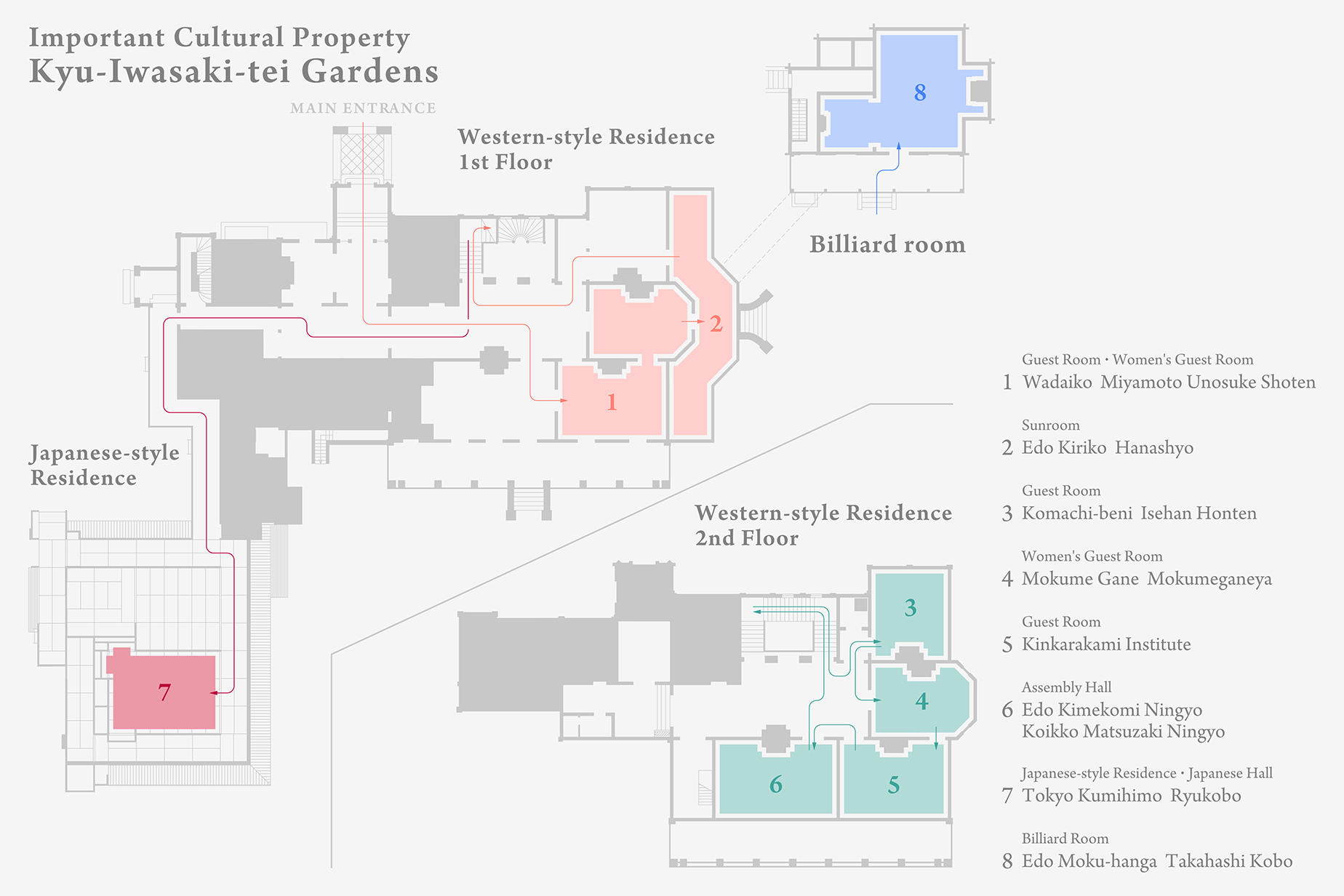

Exhibition Design for Unique Venue
When planning the arrangement of works in an exhibition, the relationship between the works and the space around them plays an important part. The light changes completely over the course of the day, from morning to afternoon and then on into evening. This is a critical element to take into consideration when holding an exhibition in a building such as this one. For example, the Edo Kiriko Hanashyo works are shown in the sunroom, which has beautiful morning light. The Wadaiko Miyamoto Unosuke Shoten exhibition is in the 1st floor lady's guest room, where the evening sun lights up the mikoshi palanquin on display. The Japanese-style residence displays the Tokyo Kumihimo Ryukobo works, combining them with its own panel paintings, which date back to when the building was constructed. In this way, the spaces around the exhibited works draw out and further highlight their allure.


Exhibition Director Noritaka Tatehana
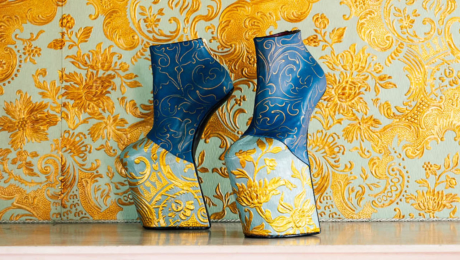
Kinkarakami Institute
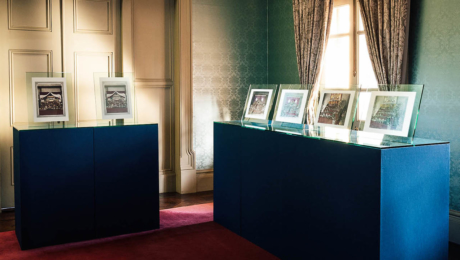
Iwasaki Family’s Seasonal Festival Dolls
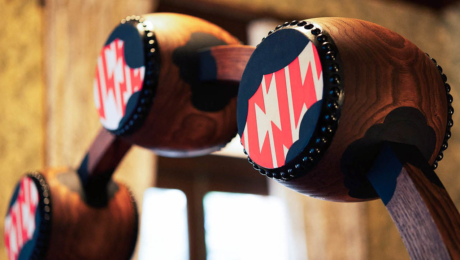
Wadaiko Miyamoto Unosuke Shoten
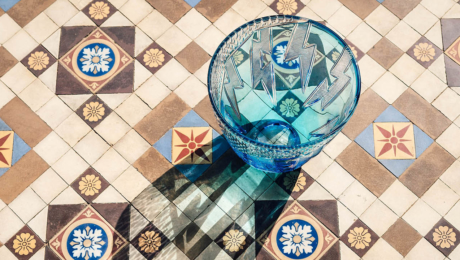
Edo Kiriko Hanashyo
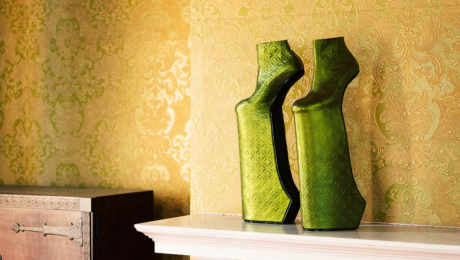
Komachi-beni Isehan Honten
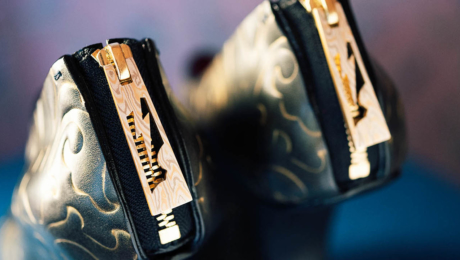
Mokume Gane Mokumeganeya
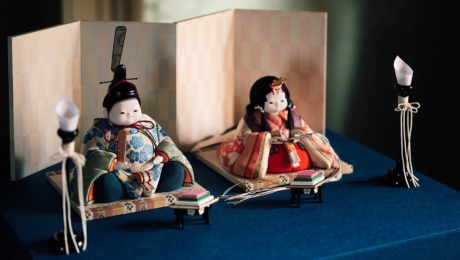
Edo Kimekomi Ningyo Koikko Matsuzaki Ningyo
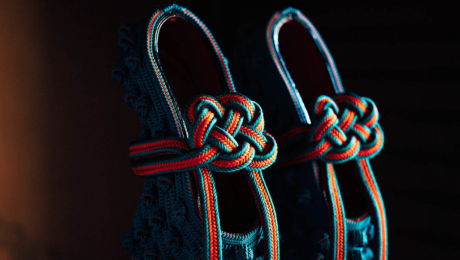
Tokyo Kumihimo Ryukobo

Edo Moku-hanga Takahashi Kobo


